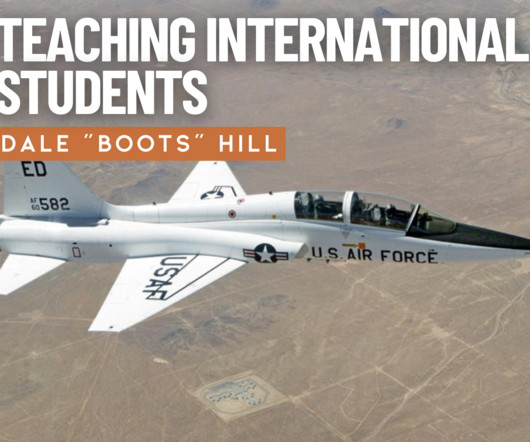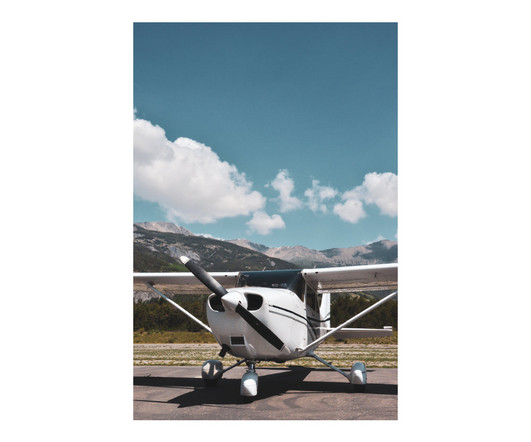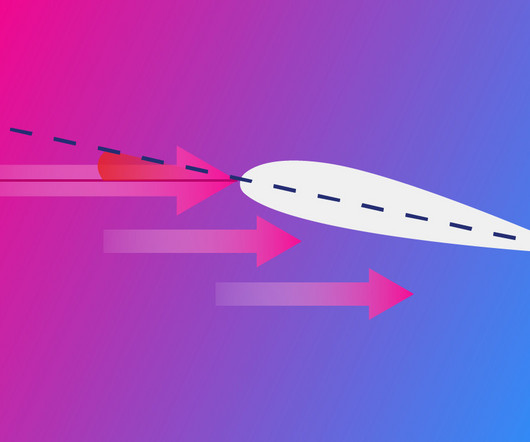Teaching International Student Pilots
Air Facts
MARCH 5, 2025
The power reduction, the induced drag of the level turn (2 Gs necessary to maintain level flight), and the parasitic drag of the speed-brakes slows the aircraft below the gear-limiting speed of 240 knots. The IP in the front cockpit would do all ground-handling operations and make the takeoff. from an unsafe approach.



















Let's personalize your content